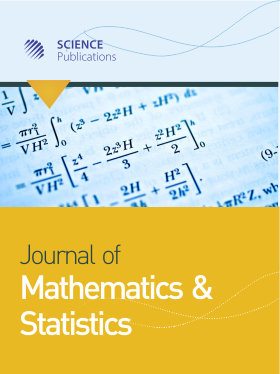HIDDEN MARKOV MODELS WITH COVARIATES FOR ANALYSIS OF DEFECTIVE INDUSTRIAL MACHINE PARTS
- 1 Technical University of Liberec, Czech Republic
Abstract
Monthly counts of industrial machine part errors are modeled using a two-state Hidden Markov Model (HMM) in order to describe the effect of machine part error correction and the amount of time spent on the error correction on the likelihood of the machine part to be in a "defective" or "non-defective" state. The number of machine parts errors were collected from a thermo plastic injection molding machine in a car bumper auto parts manufacturer in Liberec city, Czech Republic from January 2012 to November 2012. A Bayesian method is used for parameter estimation. The results of this study indicate that the machine part error correction and the amount of time spent on the error correction do not improve the machine part status of the individual part, but there is a very strong month-to-month dependence of the machine part states. Using the Mean Absolute Error (MAE) criterion, the performance of the proposed model (MAE = 1.62) and the HMM including machine part error correction only (MAE = 1.68), from our previous study, is not significantly different. However, the proposed model has more advantage in the fact that the machine part state can be explained by both the machine part error correction and the amount of time spent on the error correction.
DOI: https://doi.org/10.3844/jmssp.2014.322.330

- 5,476 Views
- 4,191 Downloads
- 2 Citations
Download
Keywords
- Hidden Markov Model (HMM)
- Machine Part Errors
- Defective and Non-Defective States
- Bayesian Method
